Copyright theft, bootleg SNES carts, and the history of Wolfenstein
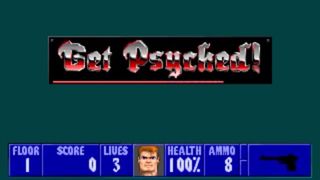
The newest of orders
Youd think there would be a lot of games where you fight Hitler. But even without the intense competition, the Wolfenstein franchise has been an innovator in both the appearance and death of one of historys most notorious madmen. The decades-old brand has seen a number of iterations and pioneered multiple genres, never losing the audacity required to feature a Mech-suited Hitler or an otherwise paranormally inclined Nazi as a main antagonist.
With the upcoming release of Wolfenstein: The New Order, I decided to take a look at the illustrious franchise's history. As it turns out, the series has a behind-the-scenes development history that rivals its Mystic Nazi-filled fiction in terms of sheer preposterousness. Click through the following slides for a brief rundown of Wolfenstein's past.
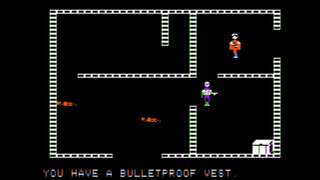
Castle Wolfenstein
Wolfenstein 3D is often credited with pioneering the first-person-shooter. But in 1981, over a decade before its release, Castle Wolfenstein for the Apple II was quietly inventing a different genre: the stealth game. Predating Metal Gear by six years, Castle Wolfenstein was one of the earliest games to emphasize evasion and avoidance over straight-up murder.
Castle Wolfenstein saw its protagonist--a prisoner in the eponymous fortress--escape by way of disguise, intimidation, and the occasional grenade. Limited ammunition and the fact that actions like opening chests took time to complete necessitated careful, deliberate play. Such innovations meant Castle Wolfenstein was released to critical and commercial success, to the point where a sequel was made a few years later.
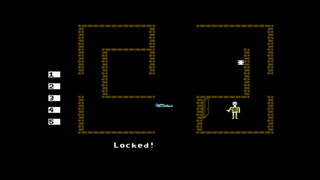
Beyond Castle Wolfenstein
Beyond Castle Wolfenstein, released in 1984, had gameplay similar to its predecessor's with a slight twist on the narrative. Rather than escaping the Castle, you were tasked with infiltrating it in order to blow up Hitler. Beyond Castle Wolfenstein introduced some new mechanics and refinements, such as the ability to move bodies and an option to bribe guards when spotted.
Both of the Castle Wolfenstein games were developed and published by Muse Software, which closed its doors in 1987. Naturally, the assumption was that the franchise would have died along with its originating organization. But five years after the demise of the company, the brand would be resurrected with Wolfenstein 3D.
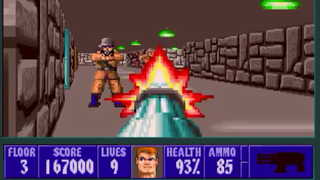
Wolfenstein 3D
Now lets get to the interesting stuff. So, you know how id Softwares Wolfenstein 3D is basically credited with being the original first-person shooter? Well, that visionary innovation also benefited from some questionable exploitation of an existing brand. Apparently, being a small company, Muse Software wasn't interested in hanging onto its copyrights, leaving the Wolfenstein name and intellectual property free for anyone to pilfer following Muses closure. Recognizing the opportunity, id Software made a game similar in theme to Castle Wolfenstein but, wisely, radically different in gameplay.
1992's Wolfenstein 3D wasn't the first game to employ a first-person perspective, but it's rightfully credited with popularizing the genre, preceding id's own Doom. It also introduced the more ridiculous narrative elements that the series is now known for, including its final boss, the infamous meched-out Hitler.
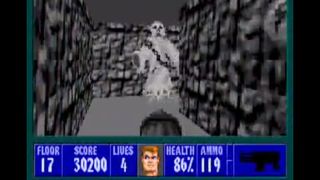
Spear of Destiny
In the same year Wolfenstein 3D was released, id created a prequel called Spear of Destiny. Essentially a stand-alone expansion pack, Spear of Destiny ripped wholesale many of the same weapons and art assets as Wolfenstein 3D, even down to the user interface. While not as memorable as Wolfenstein 3D, it did have just as ludicrous a premise: Allied spy B.J. Blazkowicz (returning from the previous game) is tasked with retrieving the Spear of Destiny, an item once used to stab Jesus Christ, from the Nazis.
Spear of Destiny was the last game to bear the Wolfenstein name for eight years, and the last Wolfenstein game to be developed by id directly. Immediately following its release, id went on to develop Doom, which brought them to new levels of success. But Wolfenstein 3D continued to have influence throughout the remainder of the '90s, in some peculiar ways.
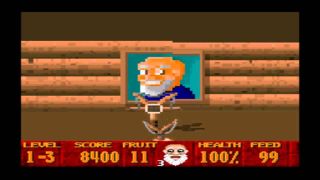
Super Noahs Ark 3D
Okay, this is undoubtedly the most surprising development in Wolfensteins history. There could be an entire book written on Super Noah's Ark 3D, but I'll try to keep it succinct: Wisdom Tree, a company known for producing Bible-themed video games for Nintendo consoles (without Nintendo's approval) developed a game based on Noah's animal-collecting quest. The interesting thing about it (as if there were just one): It's essentially Wolfenstein 3D with swapped enemy and weapon sprites. For instance, instead of Nazis, you have goats; and instead of firearms, you have a slingshot that shoots fruit, which apparently puts the goats to sleep when you shoot it at them. Also, the level layouts and UI are basically the same.
Id Software had no official involvement with the game's development, but it's rumored that id secretly gave Wisdom Tree the source code for Wolfenstein 3D, knowing that they would use it to release Noah's Ark on the SNES without Nintendo's permission. The story goes that id wanted to get back at Nintendo for imposing content restrictions for the SNES version of Wolfenstein 3D, in which the violence had to be toned down. For more on this bizarre story (and to see the horrifying game in action), check out The Angry Video Game Nerd's far more comprehensive look at it.
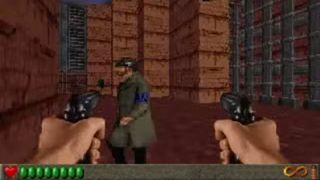
Rise of the Triad
Let me ease your comedown from the unspeakable goat-filled nightmare of Super Noah's Ark 3D with a less startling factoid. You know Rise of the Triad? That 1994 Apogee Software FPS? Yes, of course you do. Remember how it had all those WW2 weapons? And remember how its enemies were a near-Helghast level of Nazi-evocative (Nazivocative, if we're being technical)? Remember how that was all for no reason?
Guess what? It wasn't for no reason. Rise of the Triad started development as a Wolfenstein game. The game was originally titled Wolfenstein 3D Part II: Rise of the Triad, but shed the brand over the course of its development. Why the change? Not much is known about that, but there's speculation that id's founders didn't want a Wolfenstein 3D sequel out there to compete with their next game, Doom.
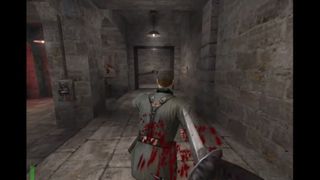
Return to Castle Wolfenstein
The first game to bear the Wolfenstein name since Spear of Destiny, 2001's Return to Castle Wolfenstein was developed by Gray Matter (who later merged with Treyarch) and published by Activision by way of a licensing deal with id. That's... wait. Yeah, no, I got that right. Anyway, apart from the game being built on id's Quake III engine, id had very little to do with Return's development.
Return to Castle Wolfenstein was well-received at the time, and was faithful to the original as modernizations go. It retained Wolfenstein 3D's fascination with occult Nazism, and was a well-designed FPS in its own right. And, although it was billed as a reboot, its narrative technically remained consistent with the canon established by Wolfenstein 3D.
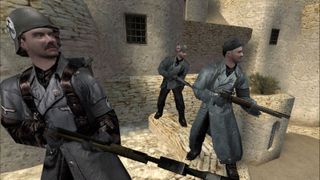
Wolfenstein: Enemy Territory
Marking the [ridiculously large number]th company to be involved with the Wolfenstein brand, Splash Damage rolled up in 2003, shouting "We're doing free-to-play before it's cool!" Hence Wolfenstein: Enemy Territory, a free, PC-only multiplayer shooter very similar to the multiplayer component of Return to Castle Wolfenstein.
Splash Damage had actually worked on the multiplayer in Return, so it was a natural fit for them to move onto Enemy Territory, which began as an expansion for that game. W:ET was exceedingly popular around the time of its release, and Splash Damage continued working with id, contributing to the multiplayer for Doom 3 and later returning to the Enemy Territory brand with Quake Wars.
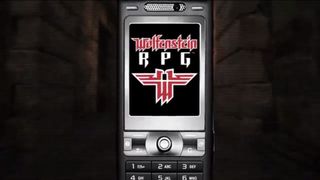
Wolfenstein RPG
If not for the existence of the 2005 mobile phone game Doom RPG, Wolfenstein RPG may have seemed like the least logical direction for the series to go in. Developed by Fountainhead Entertainment, Wolfenstein RPG takes place from the first-person perspective, but is a far different game from its predecessors. Rather than a fast-paced shooter, it's a contemplative turn-based RPG amiable to the cumbersome controls of mobile devices.
Originally released in 2008 for BREW devices, an iPhone version came out the following year, timed to build anticipation with the next proper Wolfenstein game. Wolfenstein RPG was well-received enough to warrant another follow-up, Doom II RPG, in 2010.
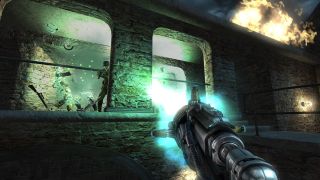
Wolfenstein (2009)
Looking to freshen up the series yet again after a long absence, Activision turned to another studio to develop the next entry. Raven Software, that most prolific and reliable of internal Activision teams, took the reins for the sequel. And, with reboots being in vogue, they decided to give it a reboot's name, if not a reboot's fiction.
2009's Wolfenstein was neither a reboot nor a back-to-basics affair; rather, it was the most ambitious shooter in the series. Something of an open-world game, Wolfenstein introduced a host of new mechanics that attempted to freshen up the series while retaining the core franchise elements. The result was an ultimately forgettable shooter that failed to catch on in the mainstream, despite being generally well-received at the time.
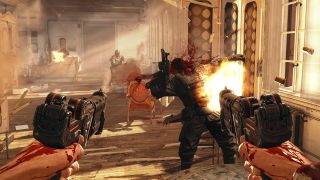
Wolfenstein: The New Order
As you can read about in our, Wolfenstein: The New Order review,, the new game resurrects the franchise more successfully than the last outing. Developed by MachineGames and published by Bethesda (id's new parent company), The New Order has a different tone to previous games in the series--perhaps Tarantino-esque--and it takes place in an alternate-history 1960s where the Axis powers won the War.
As a studio, MachineGames is unproven, but it's made up of some considerable talent from Chronicles of Riddick developer Starbreeze Studios. The New Order is a great blend of old and new, and definitely worth checking out if you're the kind of person who just read through this entire article.
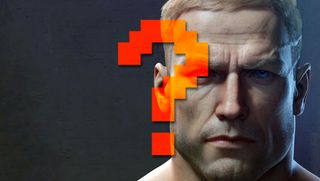
Out of order
What do you think of the history of one of gaming's most famous franchises? Are you surprised? Angered? Do you feel a sudden compulsion to shoot Nazis and/or goats with bullets and/or "fruit?"
I certainly glossed over some details of Wolfenstein's sprawling history. Is there anything crucial we missed? Anything else you want to know? Let us know in the comments!
And if you're looking for more Wolfenstein, check out our preview of The New Order and our look at the visual evolution of Wolfenstein.


Intergalactic: The Heretic Prophet is "a game about faith and religion," which Neil Druckmann jokes will surely get less hate than The Last of Us 2

The Last of Us creator Neil Druckmann says Intergalactic: The Heretic Prophet will also be about "being lonely," as if his zombie apocalypse wasn’t isolating enough: "I really want you to be lost"



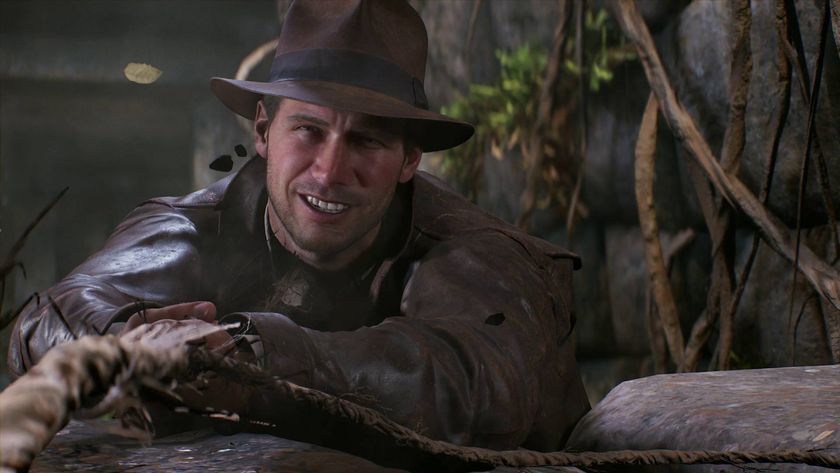
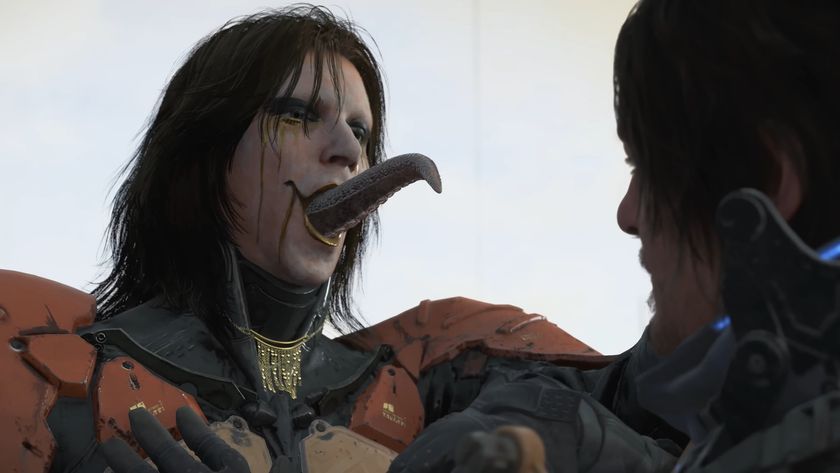
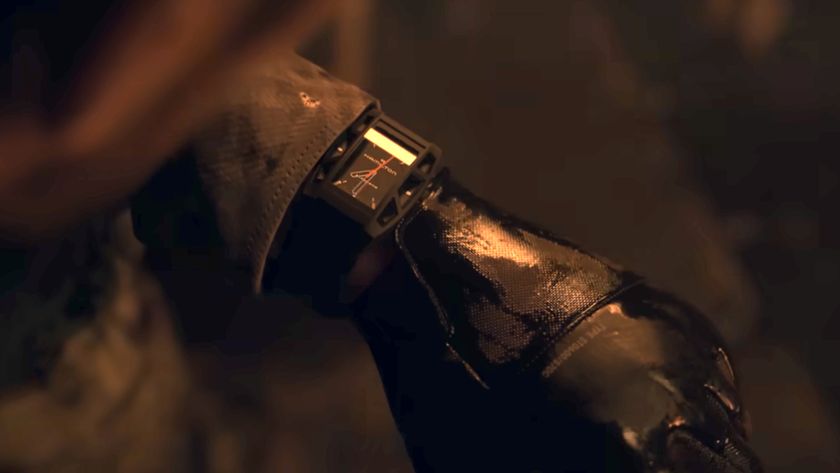







Intergalactic: The Heretic Prophet is "a game about faith and religion," which Neil Druckmann jokes will surely get less hate than The Last of Us 2

The Last of Us creator Neil Druckmann says Intergalactic: The Heretic Prophet will also be about "being lonely," as if his zombie apocalypse wasn’t isolating enough: "I really want you to be lost"



